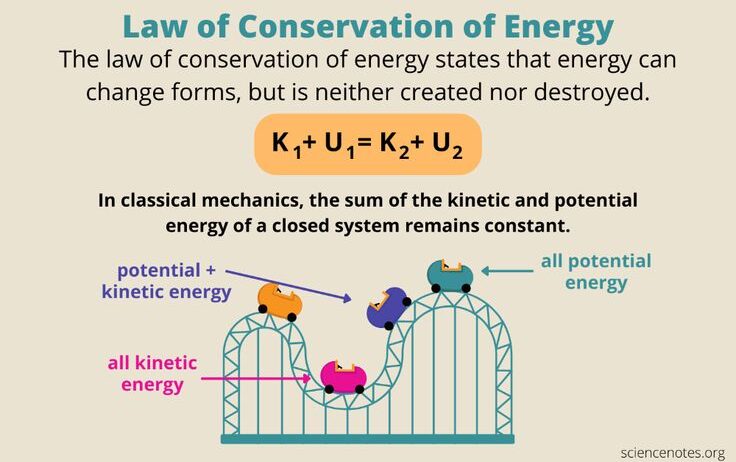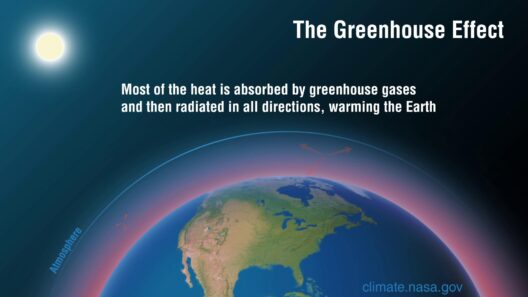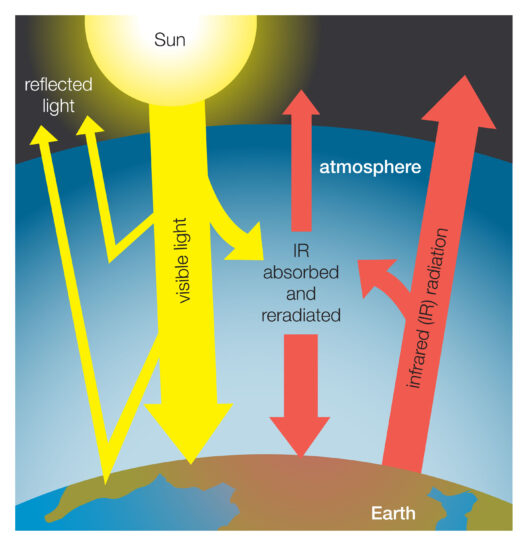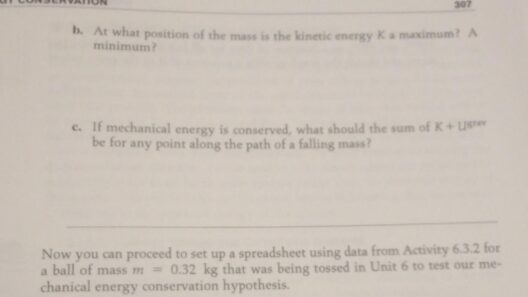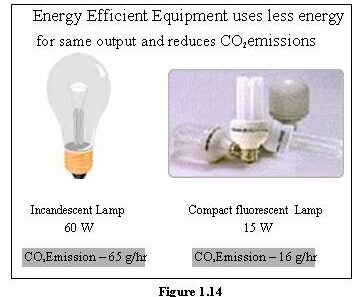In a world increasingly cognizant of the delicate balance necessary for sustainability, the Law of Conservation of Energy stands as a pillar of scientific understanding. This principle asserts that energy cannot be created or destroyed; it can only change forms. As we delve deeper into this law, we will unlock its secrets and explore its implications across various domains, from physics to environmental science, and beyond.
To grasp the significance of the Conservation of Energy, we must first characterize what energy is. From the infinitesimal particles that whiz around us to the colossal stars strewn across the cosmos, energy underpins every phenomenon in the universe. It manifests in myriad forms: kinetic, potential, thermal, electrical, chemical, and even nuclear. Each of these forms plays a crucial role in the functioning of natural systems and human-made technologies alike.
The Law of Conservation of Energy posits that the total energy within a closed system remains constant. In essence, while energy may transform from one type to another—like the conversion of potential energy to kinetic energy in a falling object—it does not vanish into thin air. This qualitative assurance that energy is a conserved quantity allows scientists and engineers alike to predict behaviors and design systems with confidence.
Energy transformations occur all around us. Consider a simple pendulum swinging back and forth. At its highest point, the bob possesses maximum potential energy. As it descends, this potential energy transforms into kinetic energy, reaching its zenith at the lowest point of the swing. This cyclical interchange underscores not just a fundamental physical law, but also establishes a blueprint for understanding broader environmental and technological processes.
Understanding the different forms of energy extends beyond mere academic interest; it has profound implications for various industries, particularly in the context of renewable energy. The continuous pursuit of sustainable energy solutions hinges on this understanding. Solar panels, for example, transform solar energy into electrical power, while hydroelectric dams convert the kinetic energy of falling water into mechanical energy, showcasing how energy conservation principles guide innovation.
The reverberations of this law are not confined merely to physics or engineering; they extend intricately into ecological studies and environmental activism. With our planet’s finite resources and the ominous threat of climate change, the conservation of energy takes on new dimensions. The efficient use of energy—spanning from agriculture to urban planning—embodies a critical manifestation of the conservation principle. For instance, energy-efficient buildings not only limit energy consumption but also exemplify the broader application of energy conservation strategies in mitigating environmental impacts.
From an ecological perspective, the energy balance is central to understanding ecosystems. The flow of energy through an ecosystem follows a predictable path—solar energy captured by plants during photosynthesis translates into chemical energy, which is then transferred through the food chain as organisms consume one another. Disruptions in this energy flow can lead to ecological imbalances, prompting shifts that may have cascading consequences. Recognizing this connectivity emphasizes the necessity of conserving energy not just in human systems but within natural environments as well.
The Conservation of Energy also plays a prominent role in thermal systems. The principles of thermodynamics articulate that energy transfers often occur through heat exchange processes, impacting everything from the micro-level of individual molecules to the macro-world of entire climate systems. This is particularly salient in the discussion of global warming and energy use in industrial processes. As industries evolve to embrace more energy-efficient technologies, the empirical tenets of energy conservation encourage more sustainable practices that help curb carbon emissions and preserve our planetary health.
The film of energy conservation labels the invisible threads connecting various aspects of our lives, from the smallest appliances in our homes to the most expansive energy policy discussions. Personal responsibility lies in grasping these connections and recognizing the power inherent in individual choices. Whether switching to LED light bulbs, employing energy-efficient appliances, or advocating for policies that bolster renewable energy use, individuals can engage consciously with the Conservation of Energy.
The implications of the Law of Conservation of Energy resonate deeply within the fabric of our society and the natural world. As we forge ahead, it is imperative to remember that every action—no matter how inconspicuous—translates into energy use and transformation. Thus, embracing energy conservation is not just a scientific concept, but a shared moral obligation as stewards of our Earth.
In conclusion, the Law of Conservation of Energy exposes intricate relationships between varied energy forms across multiple platforms, thereby orchestrating a deeper understanding of our universe. Acknowledging the interconnectedness of energy and environmental sustainability serves not just to enhance technological advances, but also to inspire a collective ethos that prioritizes long-term viability. Armed with this understanding, we can move towards a more conscientious, energy-efficient future.



